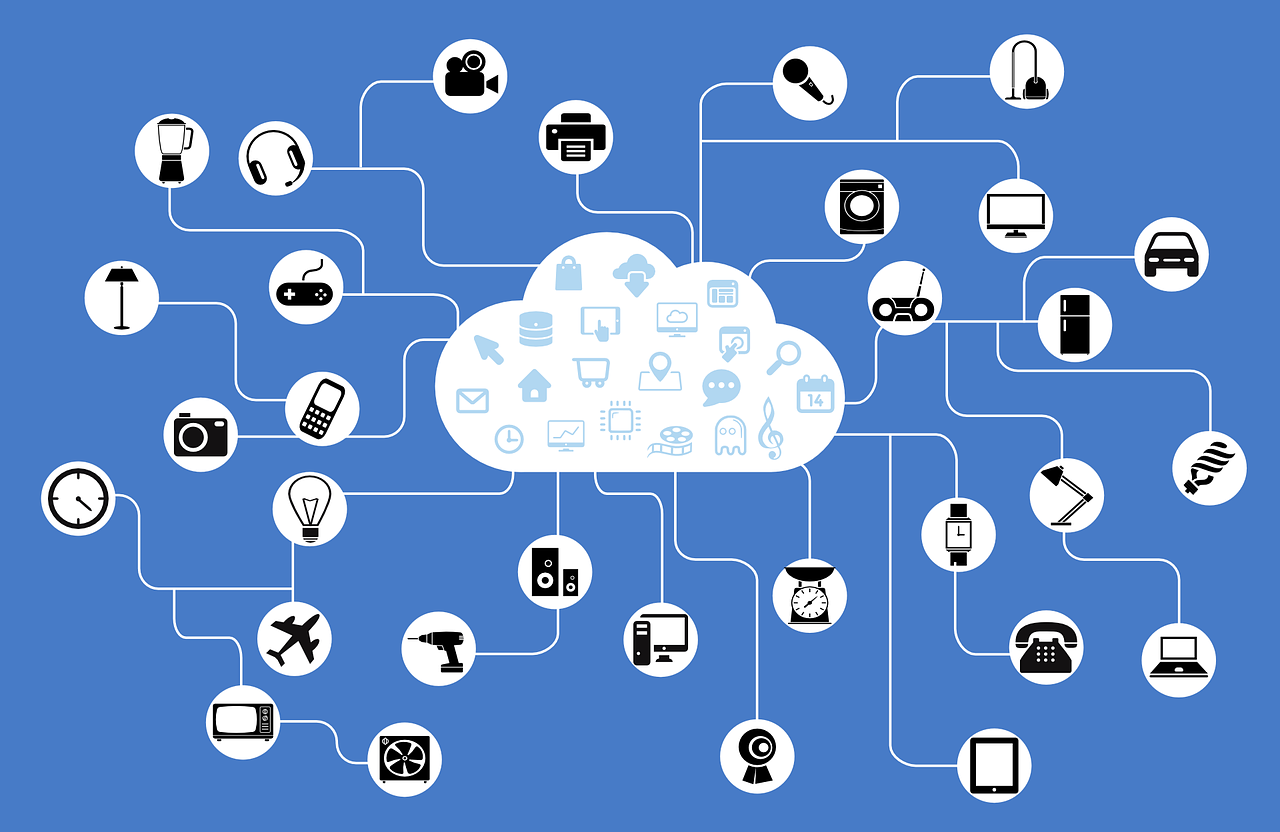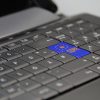The Internet of Things and Big Data are two interconnected and inseparable technologies. In this article, we will discover the relationship between these two revolutionary technologies.
More and more devices and objects are connected to the internet. These connected objects generate data, which can be analyzed to reveal trends and information for various purposes. This is why Big Data and the Internet of Things (IoT) are closely related. However, before going into more detail about this relationship, we need to come back to the definition of these two technologies.
What is IoT (Internet of Things)?
For several years now, the internet has not been limited to computers and other smartphones. Now almost all objects can be connected to the internet. Watches, fridges, televisions, cars, or industrial machines etc. The Internet of Things has no limits.
Connected objects rely on embedded chips and sensors that connect them to the internet and give them new features. The main purpose of these electronic components is to collect data.
For example, a connected watch is able to count the steps of its wearer or measure its heart rate. Similarly, sensors embedded by a connected machine to measure its performance, or to predict possible failures.
What is Big Data?
The term Big Data, or big data, refers to information that has three main characteristics: velocity, variety, and volume. This is, therefore, a large amount of structured or unstructured data. Velocity refers to the processing speed of these data.
The main feature of Big Data, however, is the ability to analyze them in order to extract actionable information.
IoT and Big Data: two connected technologies
As the number of connected objects increases, the volume of data generated by the Internet of Things explodes. Thus, to be able to support this data and analyze it in real time, it is necessary to rely on Big Data analytical tools.
These tools have the ability to quickly process the large volumes of data continuously generated by IoT devices and extract actionable insights.
IoT and Big Data: examples of use cases
To illustrate the correlation between IoT and Big Data, we can take the example of transport companies. These are using the data collected by sensors and Big Data analytics tools to improve efficiency, save money, and reduce their impact on the environment.
The sensors are shipped by delivery vehicles, and monitor the status of the engine, the number of stops, the speed of travel, the number of kilometers traveled or the amount of fuel consumed.
IoT and Big Data are also used in agriculture. For example, sensors are placed in fields to measure the humidity level and transmit this data to farmers. Thus, it is possible for them to know when plantations reach their optimal moisture level.
IoT and Big Data: Challenges and Opportunities
By 2020, it is estimated that about 20.8 billion connected objects will be used worldwide. The resulting increase in the volume of data will provide new opportunities, but will also create obstacles to overcome.
The Cybersecurity is one of the challenges to the development of IoT and Big Data. Computer systems in which critical data is stored or on which connected objects are stored are increasingly coveted by hackers. For example, the emergence of “smart cities” or connected cities could allow cybercriminals to take control of an entire city.
If you want to use our expertise in this field of business, we are ready to help you with more information. Let’s start a conversation via our site.




